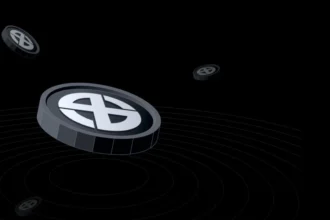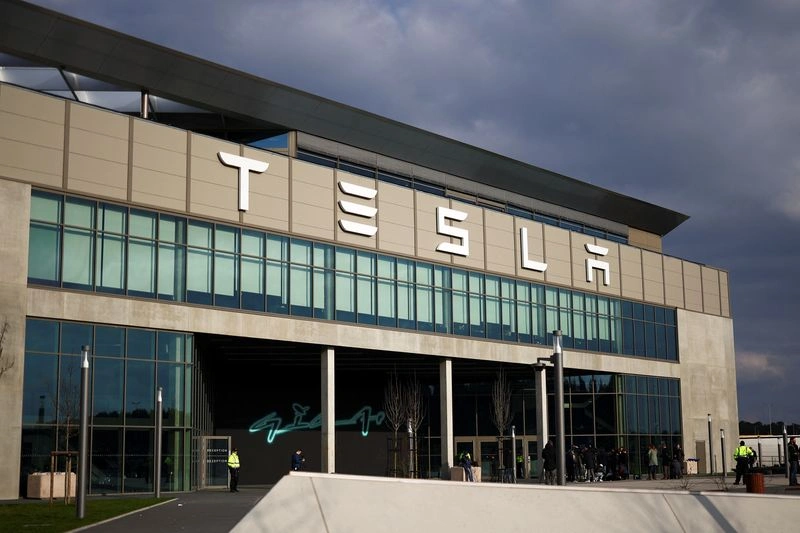Tesla’s Market Share in Europe Declines Despite EV Growth
Tesla’s market share in Europe continued its downward trajectory in February 2025, despite a surge in electric vehicle (EV) registrations across the continent. According to data released by the European Automobile Manufacturers Association (ACEA), Tesla’s sales in Europe dropped for the second consecutive month, reflecting increasing competition and shifting consumer preferences.
Tesla’s Sales Decline: Key Figures
- Tesla’s overall market share fell to 1.8%, down from 2.8% in February 2024.
- Its BEV market share declined to 10.3%, compared to 21.6% in the previous year.
- The company sold fewer than 17,000 units in the EU, UK, and EFTA countries, a sharp decline from over 28,000 units a year earlier.
- Tesla’s sales in Europe are down 42.6% year-to-date.
Challenges Facing Tesla in Europe
Tesla’s declining market share can be attributed to several factors, including growing competition, an aging vehicle lineup, and recent political controversies surrounding CEO Elon Musk. Here’s a closer look at the challenges Tesla is facing in the European market:
1. Intensified Competition from European & Chinese Automakers
Tesla’s competitors are ramping up their EV production with a focus on affordability and innovation. European giants such as Volkswagen (VW), Renault, and Stellantis continue to expand their EV offerings, while Chinese manufacturers like BYD and SAIC Motor are gaining traction despite EU tariffs.
- Volkswagen’s sales increased by 4% in February, and Renault’s rose by 10.8%.
- Stellantis, however, saw a decline of 16.2%.
- SAIC Motor’s sales surged by 26.1%, outpacing Tesla’s performance.
- BYD and other Chinese brands grew their market share from 1.5% to 2.5%.
2. Limited Model Lineup and Aging Vehicle Designs
Tesla’s lineup in Europe remains relatively small, with the Model 3, Model Y, and premium models like the Model S and X. Unlike its competitors, Tesla has not yet introduced a budget-friendly mass-market EV to capture a broader customer base. Meanwhile, competitors are offering a wider range of electric models at varying price points, making them more attractive to European consumers.
3. Elon Musk’s Controversial Political Involvement
Elon Musk’s political stance has also contributed to Tesla’s declining appeal in Europe. His public engagements with far-right political figures have sparked backlash, particularly in countries with progressive environmental policies. This has led some consumers to seek alternative EV brands that align more closely with their values.
EV Market in Europe: Growth Trends & Key Insights
Despite Tesla’s struggles, the European EV market continues to expand. BEV sales in February 2025 surged by 26.1% year-on-year, while total new car registrations declined by 3.1%. Here are some key insights from the European market:
- Hybrid electric vehicle (HEV) sales increased by 19%, signaling a strong shift toward electrified mobility.
- Electrified vehicles (BEV, HEV, and PHEV) made up 58.4% of all new car sales, compared to 48.2% a year ago.
- Spain was the only major European market to report a rise in total car sales (+11%), while Germany, Italy, and France all recorded declines.
Tesla’s Strategy: What’s Next for the EV Giant?
Tesla is preparing for a potential turnaround in Europe, with several strategic moves on the horizon:
1. New Model Launches
Tesla is set to introduce the updated Model Y mid-size SUV, which could help revitalize its European sales. Additionally, there is speculation about the introduction of a lower-cost EV, possibly inspired by the Tesla Model 2, which has been teased as a more affordable alternative for European buyers.
2. Carbon Credit Sales to Automakers
To offset declining car sales, Tesla has formed a pool to sell carbon credits to automakers struggling to meet EU emissions regulations. While analysts believe that Tesla’s strong 2024 sales numbers can compensate for these companies’ emissions, a continued decline in sales could impact the financial benefits of this strategy.
3. Potential EU Policy Adjustments
The European Union is expected to relax emission regulations, allowing carmakers to average their CO2 emissions over three years rather than annually. This move could benefit Tesla’s competitors and further reduce Tesla’s advantage in carbon credit sales.
Conclusion: Can Tesla Rebound in Europe?
Tesla faces significant headwinds in the European market, including fierce competition, an aging lineup, and political challenges. However, its upcoming Model Y refresh and potential new affordable EV could help the company regain market share.
The European EV market is growing rapidly, with legacy automakers and Chinese brands aggressively expanding their presence. Tesla must adapt to changing market dynamics, improve its product offerings, and address political concerns to remain a dominant player in Europe’s EV landscape.
Disclaimer: This article is for informational purposes only and does not constitute financial or investment advice. Readers should conduct their own research and consult with a professional before making any investment decisions.



